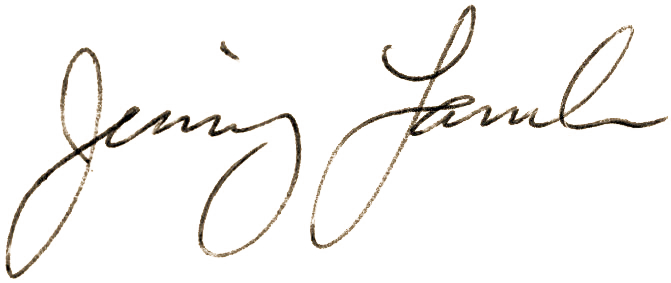Blasting Asheville
When I started making signs in the mid 70's, I was not aware of any sandblasted signs in Asheville, though this is not to say there weren't any. Then in the 1980's a sign man (who became a good friend of mine) arrived in town. He told me of the "coming thing" in signs ... sandblasting. I countered that routing was in no danger of being challenged by this "new" thing. Boy was I wrong! To make a long story shorter, I embraced his teachings and came to love these signs with their "natural relief".
A sandblasted sign is made by directing a stream of high-pressure media (usually sand) at a wooden background. The areas protected by a rubber mask are left in their original condition. A pattern will emerge, depending upon how the mask was cut and applied. The blasted areas will reveal natural growth patterns, creating an interesting texture. These natural patterns are the result of winter and summer growth. The dark, hard rings develop during winter, and the soft, wide rings develop during the summer. The media (sand) reveals a natural character.
High Density Urethane (HDU), a popular alternative to wood, and I do not get along. Why? Because HDU needs to be reinforced just to be mounted on posts, is susceptible to acid rain, and is easily damaged by impact. Furthermore, a device called a "grain frame" had to be invented to simulate natural grain patterns. Forget about knot holes, which I think add character.
The design of a sign (graphics, letters and border) is rendered by a computer-controlled machine called a plotter, which cuts the rubber mask. The mask actually bounces the sand away from the covered areas. The unprotected areas are "sandblasted", yielding the natural relief pattern. After blasting and before painting, the rubber mask is peeled off and discarded.
In the "old" days, we drew (and cut) the mask by hand, sometimes using an overhead projector to trace from. The process of sandblasting was developed by and is still used by the cemetery monument industry. I have heard stories that before the invention of commercial blast mask, rubber inner tubes were used for the mask, and applied to the sign blank with rubber cement.
Finishing and painting are still done by hand. I don't know if anyone has invented a robot that can do this part, so this is the way we do it. Hope you enjoyed the history and I look forward to making you a sandblasted wood sign!
Sincerely,

Contact Us:
Or give us a call!
828-628-6234
© 2025, Lamb Sign Company • Fairview, NC 28730